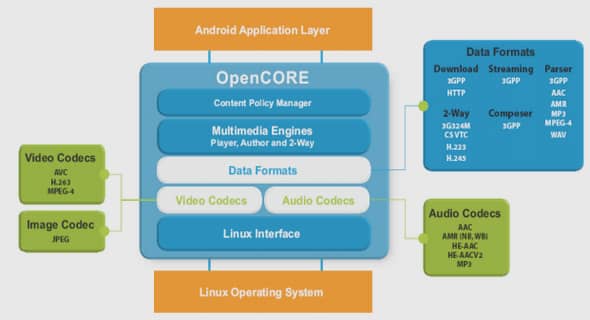Synthesis and Characterization of PECH Networks
To ensure a better electrochemical stability of the air electrode in alkaline electrolyte and under atmospheric air (close to standard conditions for temperature and pressure), it was chosen to protect the air electrode with a polymer membrane set on the electrolyte side. Poly(epichlorohydrin) (PECH) quaternized by 1,4-diazabicyclo[2.2.2]octane (DABCO) will be used as polyelectrolyte network because of its stability in alkali, as described in the previous chapter.
In a first time, to demonstrate the concept of the protection of the air electrode under the conditions imposed by the aqueous lithium air battery, we will identify and characterize a commercial air electrode. In a second time, the PECH networks will be developed by different synthetic routes and will be characterized.
We will focus particularly on the effect of the proportion of DABCO introduced during synthesis, resulting more or less important charge and crosslinking densities. In a third time, we will discuss the assembly of these membranes on the air electrode. A particular attention will be given to the interface between the electrode and the membrane to obtain the membrane electrode assembly (MEA) with a polarization as close as possible to that of the bare electrode,
so that it does not have an impact in the battery performance. Once the best method of assembly is identified, the effects of the membrane thickness and of the DABCO amount on the air electrode stability will be studied. The stability tests will be performed by cycling the newly developed MEA, to verify the efficiency of the electrode protection by the polymer membrane.
Unmodified Air Electrode First we studied the electrochemical properties of the commercial air electrodes and we estimated their lifetime under the lithium-air battery conditions. As previously mentioned (Chapter I § 3),
the aqueous lithium-air battery can be divided for practical purposes in the oxygen half-cell and the lithium half-cell, as shown in Figure II – 1. The electrode reactions correspond to the following equations: Oxygen half-cell (positive electrode): O2 + 2 H2O + 4 e- 4 OH- Lithium half-cell (negative electrode): Li Li+ + e- II-1 II-2 71
Figure II – 1: Aqueous lithium-air battery1. a: O2 reduction electrode with anion-exchange membrane. b: O2 evolution electrode. c: LiSICON membrane, d: protective LiPON film, e: stainless steel current collector, Li film: electrochemically deposited after cell assembling. In the lithium half-cell, a ceramic membrane protects the metallic lithium from the aqueous electrolyte. In the oxygen half-cell,
the anion exchange membrane will separate the electrode from the electrolyte. This electrolyte is a 5 mol/L LiOH aqueous solution (LiOH solubility at 25 °C is 5.2 mol/L)2 in order to assure an excess of Li+ during the battery charge. Rest / discharge cycling was chosen because of another technological limitation for the metal-air batteries to be rechargeable.
Typical air-electrodes are designed to work as oxygen reduction electrodes only. Indeed, the catalyst and carbon materials would corrode at high potential during charging process, and oxygen evolution could cause mechanical breakdown of the fragile porous structure. This problem was solved by EDF with the development of a bi electrode consisting of an air electrode (used during the discharge for oxygen reduction) coupled with an oxygen gas evolution electrode
(used during charge), without being a penalty for the energy density of the battery.3,4 During the battery charge, the air-electrode is at rest. At present, performance of the battery is limited by the lithium half-cell in which the maximum current density is between 2 and 6 mA/cm2.5 We have thus decided to characterize the stability of the air electrode by cycling 10 h at rest followed by 10 h of discharge at -10 mA/cm2.


